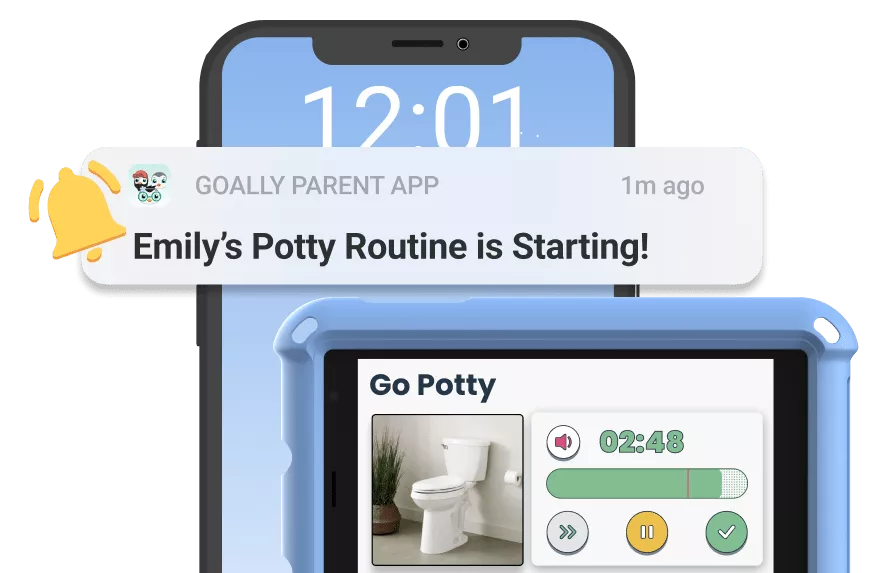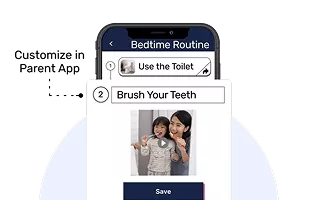Supporting your child’s speech development at home is both possible and effective—even without daily professional intervention. With the right tools and strategies, parents can create a language-rich environment that encourages consistent progress through fun, everyday activities. From interactive games to simple conversations, at-home speech therapy can be engaging, flexible, and tailored to your child’s needs.
Key Takeaways:
- Create a language-rich environment by talking, reading, and singing with your child.
- Break speech tasks into small, achievable steps for consistent progress.
- Use speech therapy apps and games for engaging practice sessions.
- Make speech practice fun with role-playing, storytelling, and reward systems.
Table of Contents
1. Create a Language-Rich Environment
One of the most important things you can do to help your child’s speech at home is to create a language-rich environment. This means ensuring your child is exposed to lots of spoken language throughout the day. You can do this by talking with your child regularly, narrating your activities, and describing the world around you.
Reading books aloud is another great way to enrich your child’s language. Don’t just read the words — point to the pictures and describe what’s happening. Ask questions, even if your child isn’t able to answer yet. The goal is to keep them engaged and listening to new vocabulary in context.
Tip: Use Songs and Rhymes
Songs and nursery rhymes are excellent tools for practicing speech. Rhythmic patterns and repetitive phrases help kids recognize and remember sounds. For example, songs like “Twinkle Twinkle Little Star” introduce simple patterns that help with sound recognition and can improve articulation over time.
2. Break Speech Tasks into Small Steps
When helping your child with speech therapy at home, it’s important to break down tasks into manageable steps. For example, start with one syllable at a time if your child is working on saying multi-syllable words. Once they’ve mastered one sound, move on to the next. This method keeps the learning process positive and achievable, which boosts confidence.
In addition to breaking down tasks, repeat sounds and words frequently. Repetition is key to helping children internalize the correct way to form sounds. But always keep it playful — turn practice into a game whenever possible.
Tip: Use Speech Therapy Apps
Many speech therapy apps can help your child practice sounds and words. These apps often turn practice into a game, which makes speech therapy fun and less stressful.
3. Incorporate Fun into Speech Practice
Speech therapy doesn’t have to feel like homework. You can incorporate speech practice into your child’s daily routine through fun activities like role-playing and storytelling. These are great opportunities for your child to practice speaking in a relaxed, pressure-free environment.
For instance, during role-playing, you could pretend to run a store where your child must ask for items. This encourages them to use speech in a natural context while having fun simultaneously. Storytelling is another excellent option. Ask your child to tell you a story, guiding them gently if they need help forming sentences.
Tip: Reward Systems
Positive reinforcement goes a long way in encouraging kids to practice their speech. Set up a simple reward system where your child earns stickers or small prizes for completing speech exercises. This creates a sense of achievement and motivates them to keep practicing.
4. Be Patient and Consistent
Speech development takes time, and being patient and consistent with your child’s progress is important. Set aside time each day for speech practice, even if it’s just for a few minutes. Consistency is key to reinforcing the skills your child is learning, but be flexible with their needs. Some days they may be more engaged, while others might be a bit more challenging.
Remember, progress may seem slow sometimes, but every small step forward is a success. Celebrate those victories — whether it’s saying a new word or improving the clarity of a sound.
Tip: Track Their Progress
Keeping a record of your child’s speech progress can be helpful. Write down new words they’ve learned or sounds they’ve improved on. This will give you a clear picture of how far they’ve come and what areas might need more practice. You can also use apps to track milestones and practice sessions, making staying consistent with the exercises easier.
5. Use Visual Cues and Gestures
For some kids, using visual aids and gestures can help with speech practice. Pointing to objects while naming them, for instance, helps connect the word to its meaning. Gestures, like waving when saying “bye-bye,” reinforce speech with actions, making it easier for your child to understand and remember.
Visual schedules can also be useful, especially for neurodivergent kids. Creating a daily schedule that includes speech practice makes the process predictable. It helps kids know what to expect, reducing any anxiety they might feel.
Tip: Incorporate Hand Signs
Using simple hand signs and spoken words can boost communication, especially for younger children or those with learning differences. For example, teaching basic signs like “more” or “all done” provides another way for kids to express themselves while they work on verbal speech.
6. Collaborate with a Speech Therapist
While you’re doing speech therapy at home, staying in touch with a licensed speech therapist is always helpful. Even if your child isn’t seeing a therapist regularly, occasional check-ins can provide valuable insights and guidance on what specific skills your child needs to work on.
Therapists can also provide you with at-home exercises tailored to your child’s unique needs. If possible, ask for resources or tips to incorporate into your daily routine. Many therapists offer telehealth services, which can make staying in touch easier if scheduling regular in-person visits is difficult.
Tip: Utilize Online Resources
Many online resources offer tips and exercises for parents doing speech therapy at home. You can find plenty of free or low-cost options to support your child’s speech development journey from YouTube videos to downloadable speech worksheets.
Best Parent-Approved AAC App:
Goally comes with an easy-to-use, fully customizable AAC device to help kids communicate. If you’re on a waitlist, this is the fastest way to get your child access to an AAC Talker and start communicating!
Supporting your child’s speech therapy at home is not only possible—it can also be a fun and rewarding way to connect. By creating a language-rich environment, breaking speech tasks into small, achievable steps, and using engaging activities like games and storytelling, you can help your child make steady progress. Consistency is key, and so is patience. Every small milestone is worth celebrating as your child builds confidence and communication skills.
Resources:
- American Speech-Language-Hearing Association
- Centers for Disease Control and Prevention
- National Institute on Deafness and Other Communication Disorders
FAQs about Speech Therapy at Home
How can I help my child with speech therapy at home?
You can help by practicing simple speech exercises daily and making it fun through games or activities.
What are the best tools for speech therapy at home?
Speech therapy apps, flashcards, and reading aloud are great tools for practicing speech at home.
How long should I spend on speech therapy at home each day?
Spending 10 to 15 minutes a day on speech therapy can be very effective for young kids.
Can speech therapy at home work for nonverbal children?
Yes, with patience and consistency, at-home speech therapy can support nonverbal children in developing communication skills.
What activities can I use for speech therapy at home?
You can use storytelling, role-playing, and interactive apps to make speech therapy engaging at home.

Hennah is an experienced writer and researcher, helping children with autism, ADHD, and other neurodivergent conditions. As a blog contributor for Goally, she combines her deep understanding of neurodiversity with practical advice, offering valuable insights to parents and educators.






